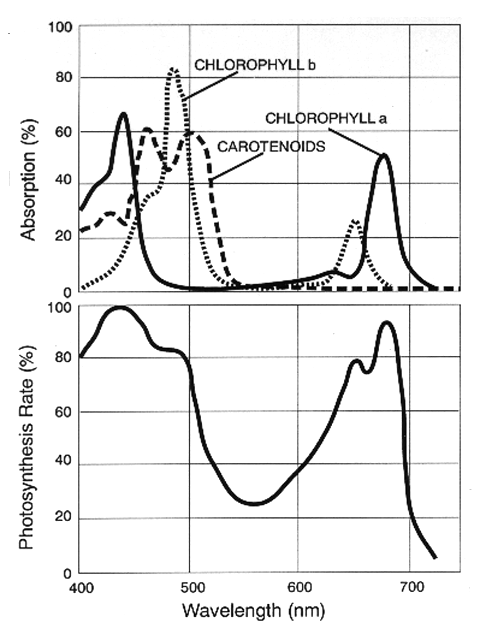Quote:
Originally Posted by sphelps

Bulbs with a lower K rating typically produce higher PAR because, as you said, it's related to the amount of useful radiation (more of it in lower spectrum bulbs). So if PAR and spectrum wear where directly tied together, as you stated, then with certain bulbs you would see an increase in PAR as the spectrum shifts in the lower K direction. We of course know this isn't the case and the article I linked suggests that the change in par and spectrum overtime are independent not dependent. The decrease in PAR is related more to the decrease in intensity not the shift in spectrum. Of course certain bulbs preform differently so some may be more effected by the spectrum shift but avoiding such bulbs is pretty easy these days with all the information we now have.
So just because an LED doesn't suffer the same spectrum shift as other bulbs doesn't mean the PAR rating will be unaffected, it simply means you won't notice a change in color overtime, only intensity.
|
It's actually more complicated then that. The spectral shift of bulbs actually makes a big difference in PAR. First have a look at this figure that shows the peak absorption wavelengths for chlorophyll:

You can see that chlorophyll likes blue and red but not much in between. Now here is a good article on the spectral output of various MH lamps:
http://www.personal.psu.edu/sbj4/aqu...omparison.html
Here is the output of a 10,000K Ushio bulb as an example:

So as that big blue peak not only decreases but shifts over the the right you get less real useable PAR since the green part of the spectrum is less efficient then the blue and red in terms of photosynthesis. The situation is probably even worse with 14,00K and 20,000L bulbs that have more blue and less red in their spectrum. Here's a 20,000K bulb:

So yes, the lack of spectral shift in LEDs is a big advantage in that you stay in the peak output frequencies for photosynthesis. I imagine the T5s etc. put out similar spectrums as some of the MH lamps so the situation is similar.